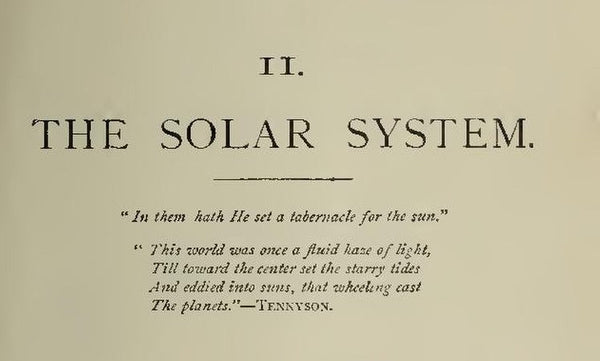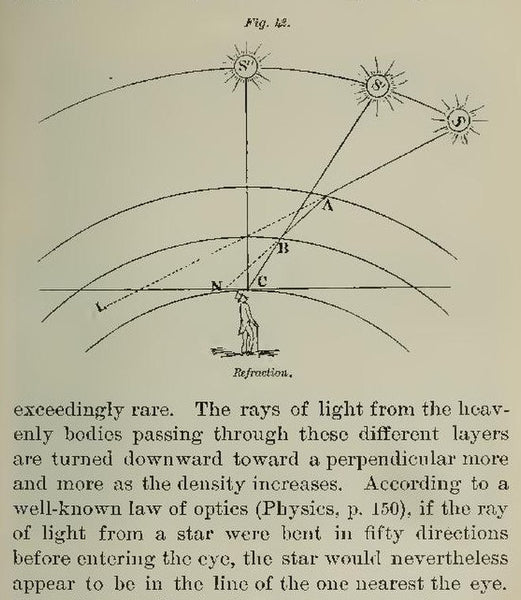
Inspiration : A Solstice Star

The winter solstice 2020 is a marker of time and seasons in a year where time has stretched and compressed and warped while we spent the year in isolation from the Coronavirus. I have gathered some information and ideas on how to mark the day.
The world 'solstice' comes from the Latin solstitium meaning 'Sun stands still’. Monday 21st December marks the end of Autumn and the beginning of Winter until the Spring Equinox. This will take place on 20th March 2021. A solstice is a moment when the Earth’s axis is at its maximum tilt away from the Sun. During the December solstice the northern hemisphere is tilted away from the Sun causing our winter.
This year, in London, the shortest day is due to last 7 hours 49 minutes and 42 seconds. This year is also special because we have...
...the Solstice Star
Thirteen years after Galileo Galilei observed the moons of Jupiter, in 1610, the solar system’s two giant planets, Jupiter and Saturn, traveled together across the sky. Jupiter passed by Saturn, in an astronomical event known as a “Great Conjunction.” This happens again today, 21st December 2020.
From our point of view on Earth, Jupiter and Saturn (the two gas giants) will align and appear to be just 0.1º away from each other. This is so close they will appear to be one bright star. For the first time since the 17th century!
You can see the Solstice Star, weather permitting, on Monday. The best time should be soon after sunset and it will appear in the south west.
 Photography by Patrick Ford of the 9ct Gold Twig Ring
Photography by Patrick Ford of the 9ct Gold Twig Ring
For many cultures, the winter solstice symbolises the rebirth of the Sun. This is the longest night of the year, but now the nights will start to get shorter, and the days will grow longer.
Ways to mark the Winter Solstice 2020 in the UK:
- You can see the Solstice Star, weather permitting, on Monday. The best time should be soon after sunset and it will appear in the south west.
- Stonehenge will be live-streaming the Winter Solstice here: https://www.english-heritage.org.uk/visit/places/stonehenge/things-to-do/solstice/
- Archaeologists believe that people in Durrington Walls, near Stonehenge, were gathering in large numbers, eating massive quantities of pork and celebrating midwinter. We may not be able to gather this year but we could definitely have a small feast (Percy Pigs might be a pork substitute in my house!)
 Still from the English Heritage livestream of the Winter Solstice sunset at Stonehenge
Still from the English Heritage livestream of the Winter Solstice sunset at StonehengeThe Ancient Romans would start celebrating Saturnalia on the 17th December and, in Cicero's time, continue celebrating for 7 days. Though (much like our current government) the Roman emperors did try to reduce the length of the celebrations. Augustus limited the holiday to three days, so the civil courts would not have to be closed any longer than necessary (Macrobius, Saturnalia, I.10.4), and Caligula extended it to five (Suetonius, Life of Caligula, XVII; Dio, Roman History, LIX.6.4)
People would make sacrifices at the Temple of Saturn before banqueting and giving gifts. The usual law and order would be suspended, schools and businesses would close, and quarrels would be forgotten. Slaves were allowed to swap places with their masters, and one person was elected king for the duration of the festival. The wealthy distributed gifts to the poor. Gifts included wax candles called cerei and earthenware figures called sigillaria. A felt cap, pileus, normally worn by the freed slave was worn to symbolise the freedom of the season.
 Zoroastrian evergreen tree. Image source.
Zoroastrian evergreen tree. Image source.
Yalda
Yalda is an Iranian festival celebrated on the longest and darkest night of the year. It has origins in Zoroastrianism, where darkness is associated with evil. Friends and family spend the longest night together and stay up until dawn, eating, drinking and reading poetry. Pomegranates in particular are eaten… making an interesting connection to Persephone’s trip to the darkness. The colour red represents the dawn and glowing life.
 Detail from Proserpine by Rossetti (1874)
Detail from Proserpine by Rossetti (1874)


